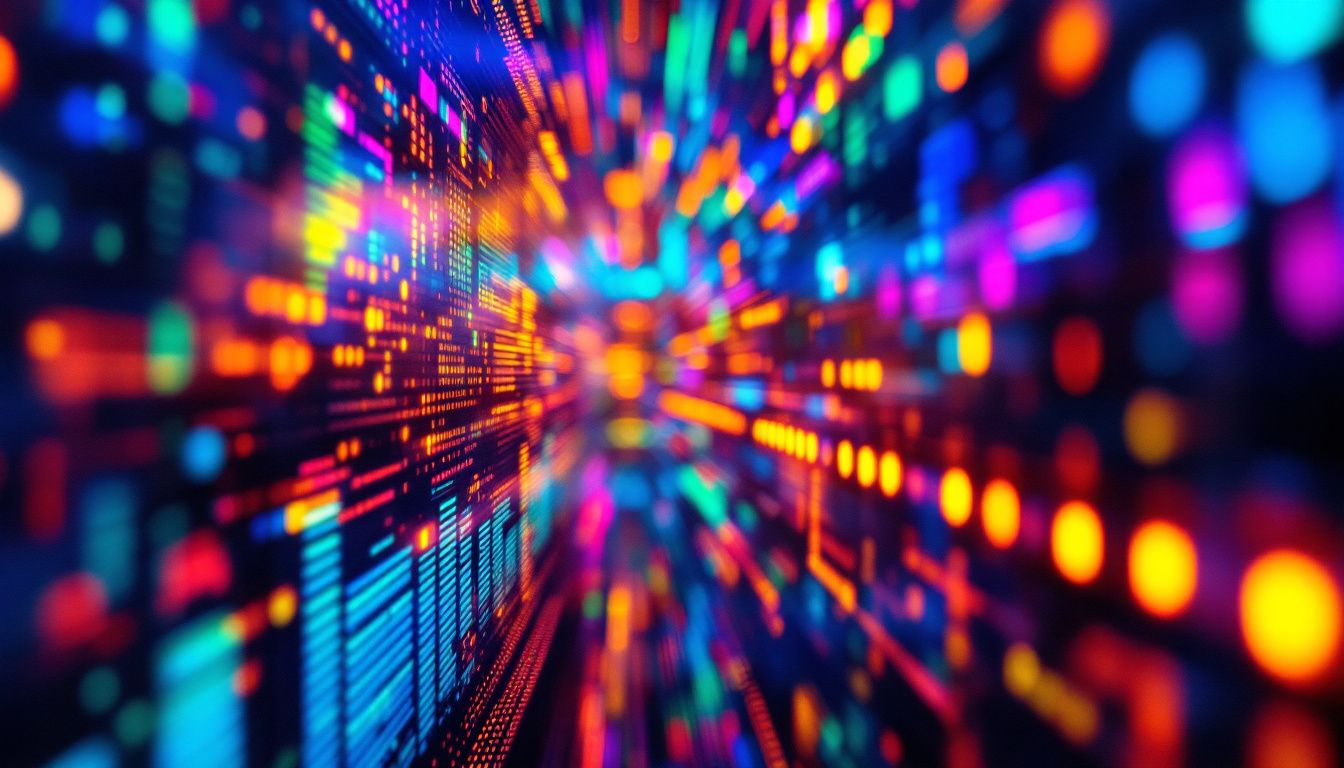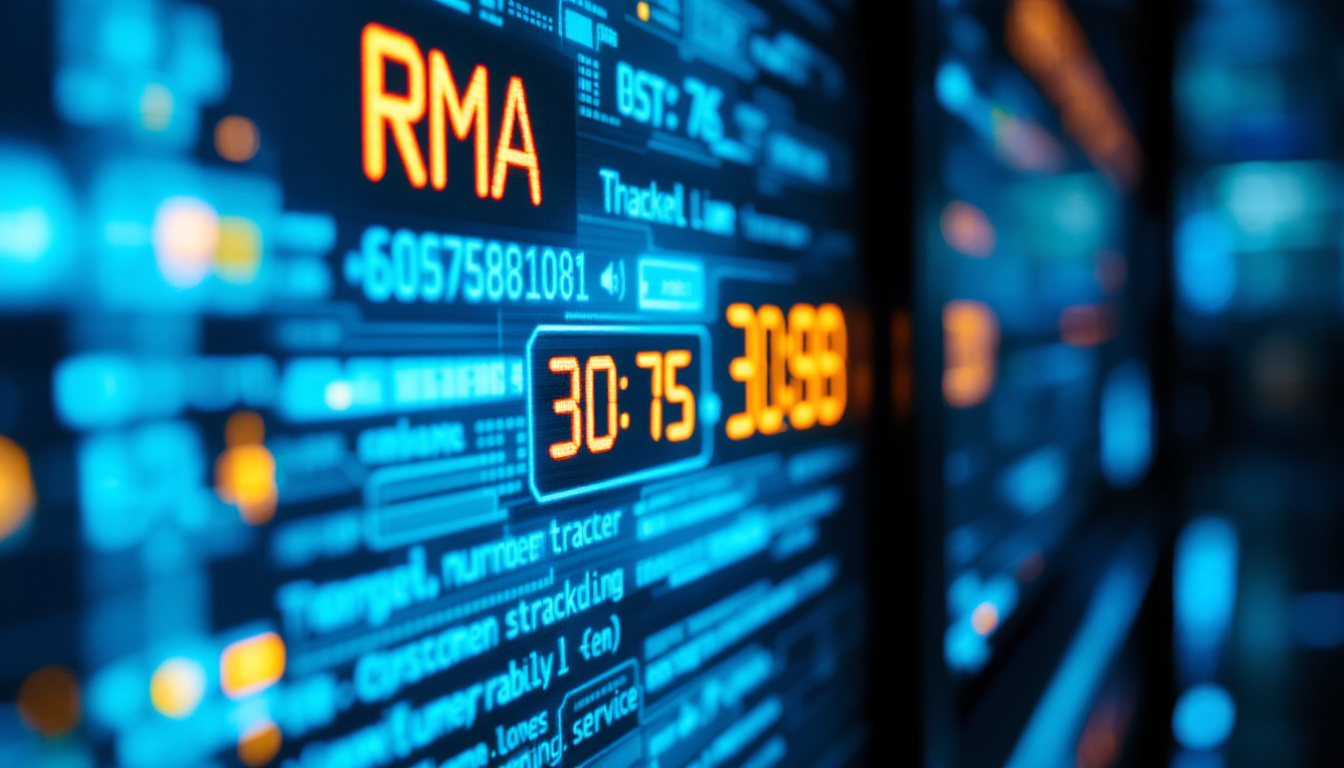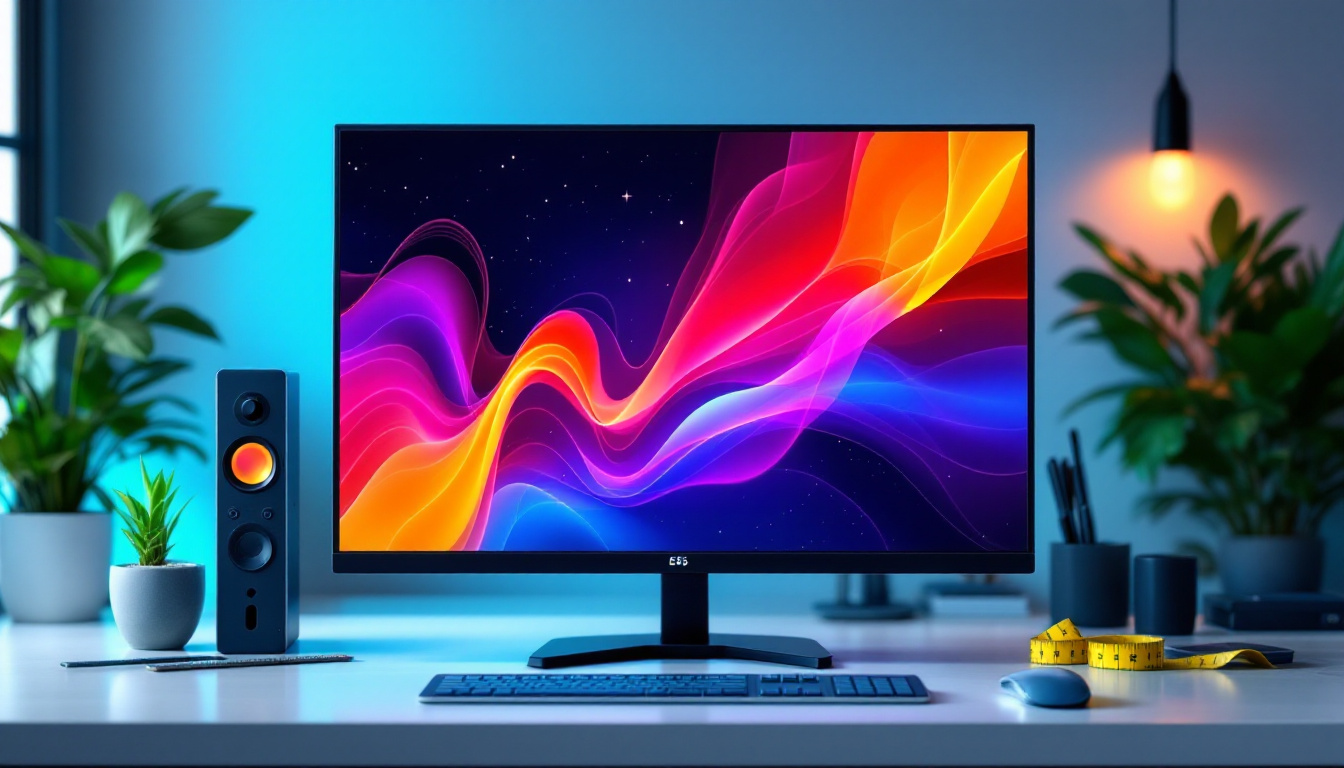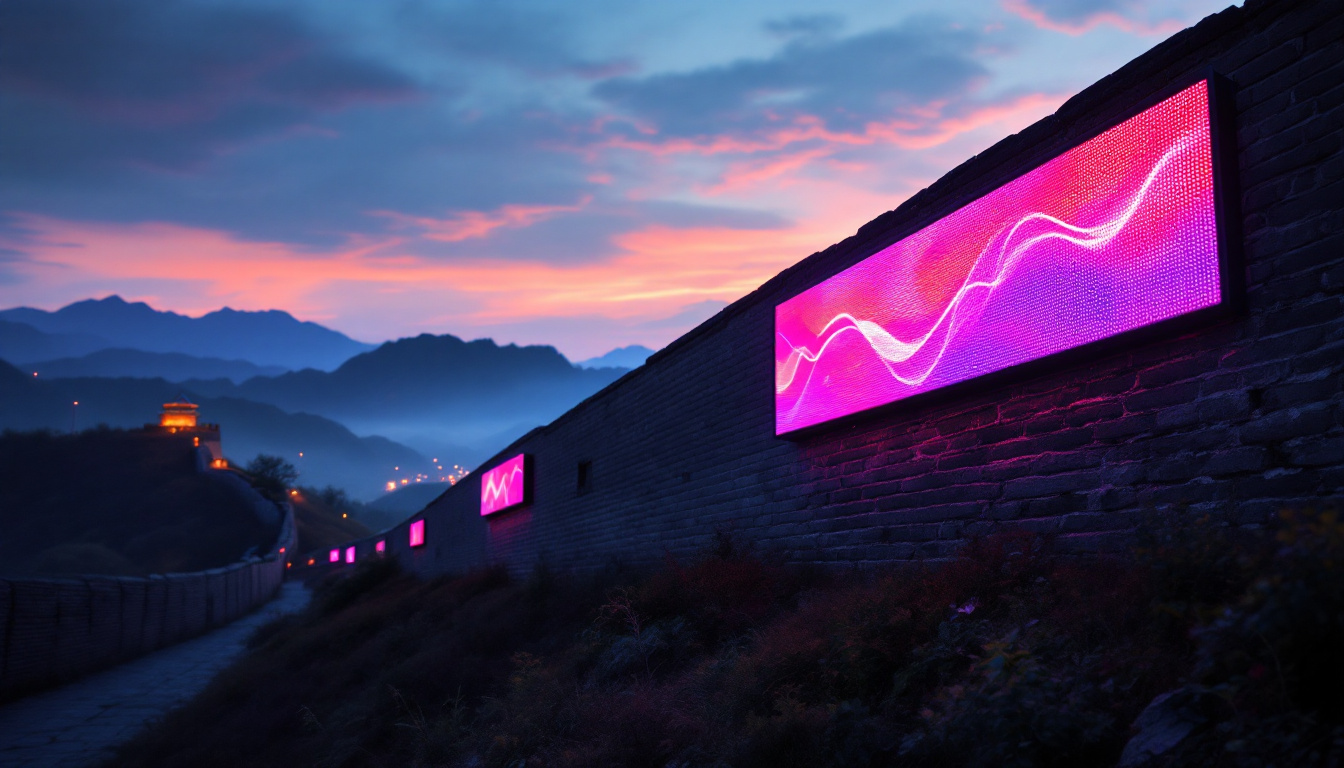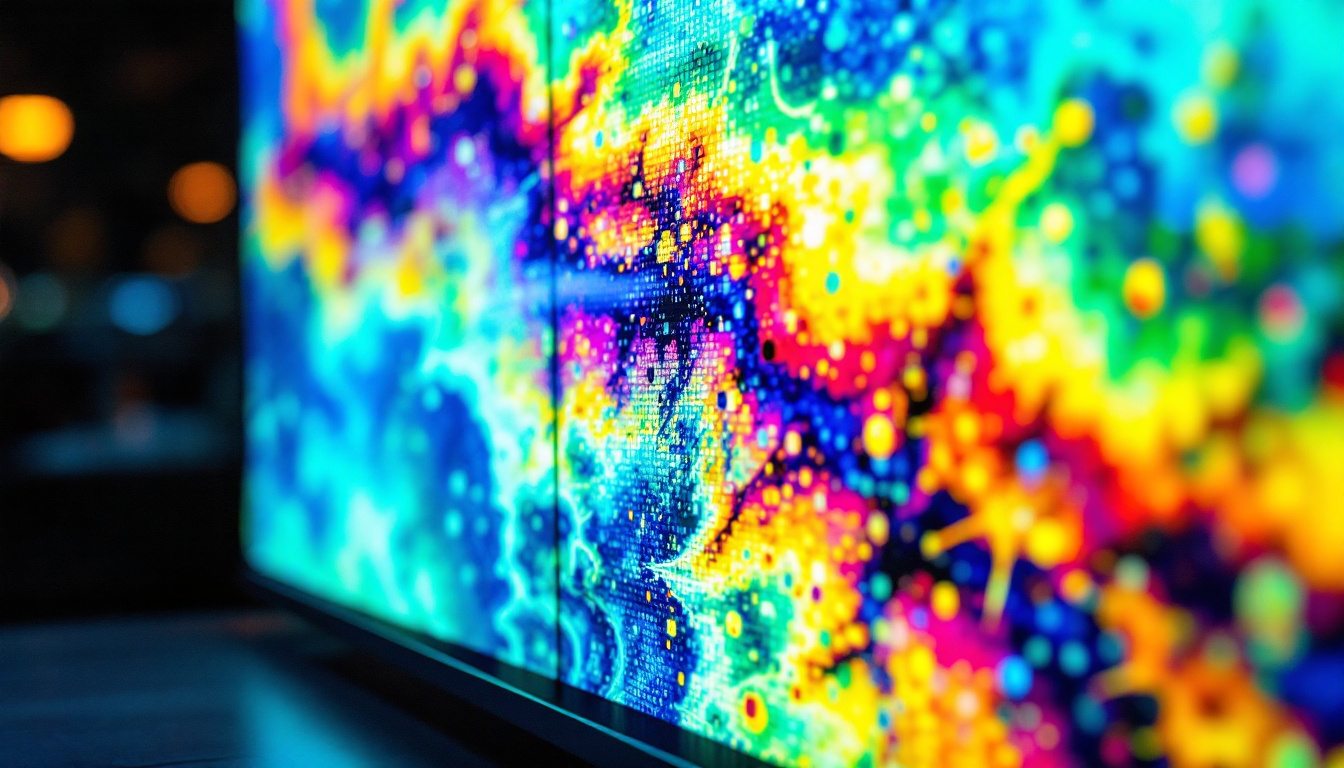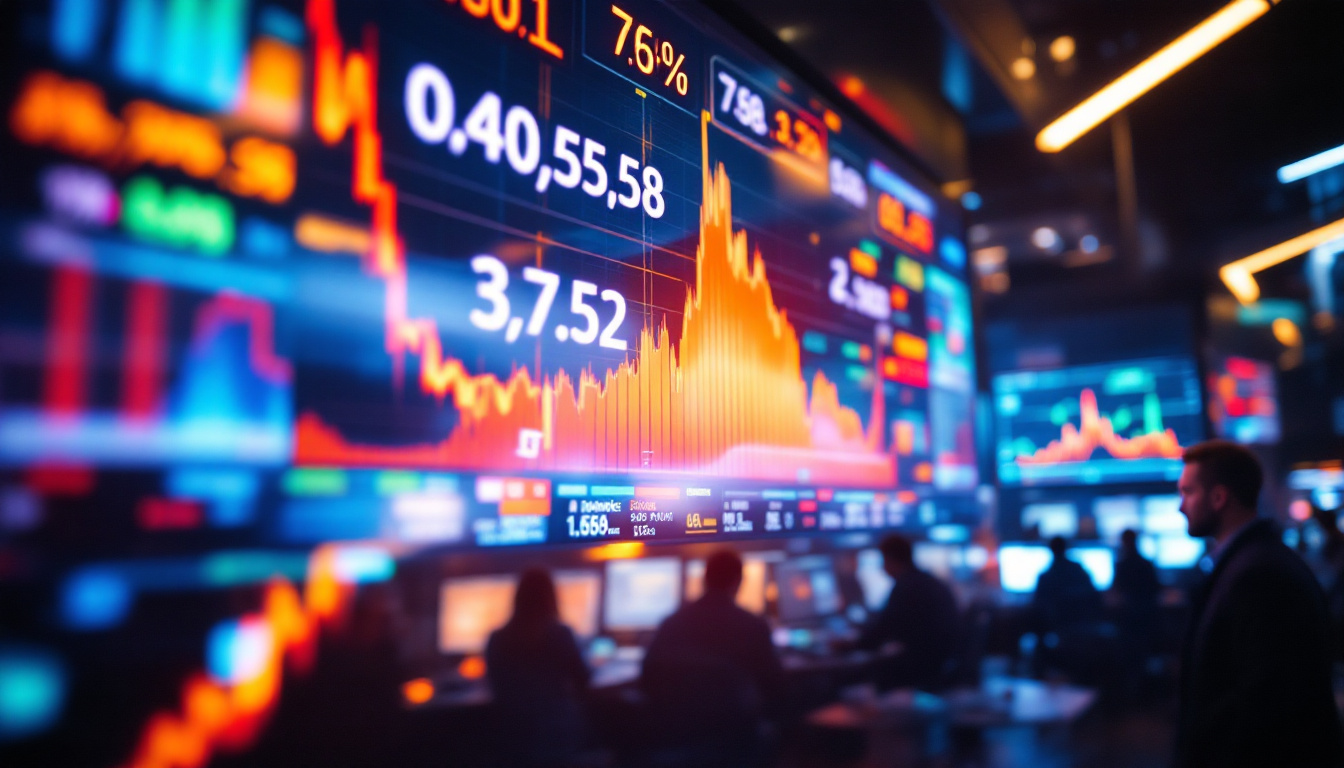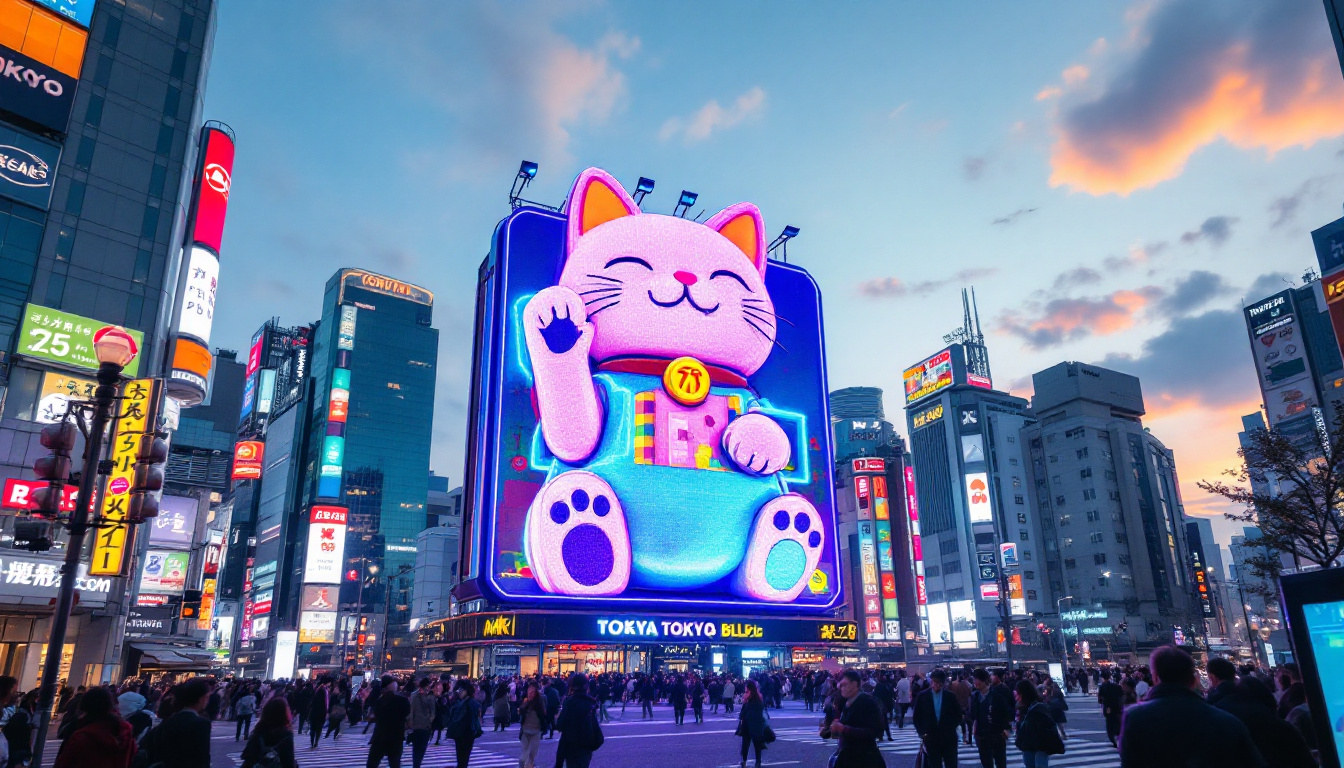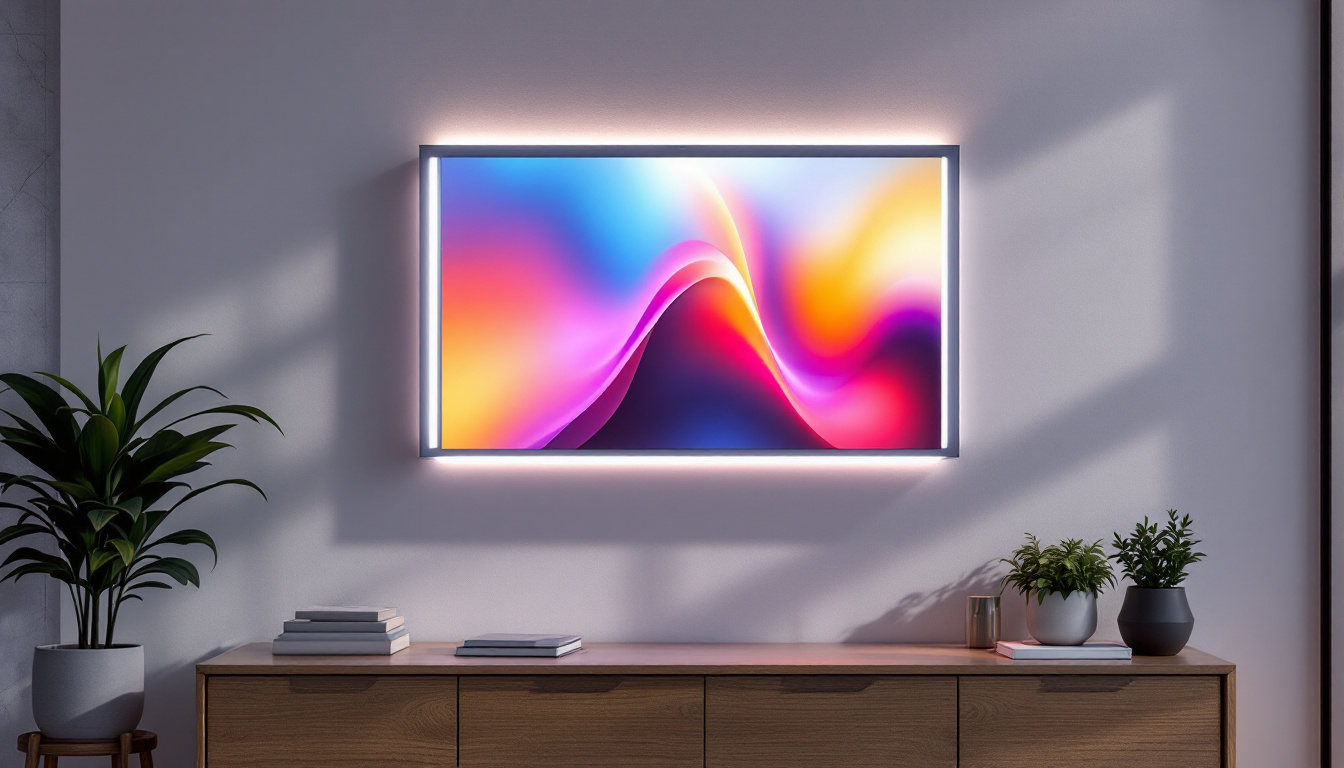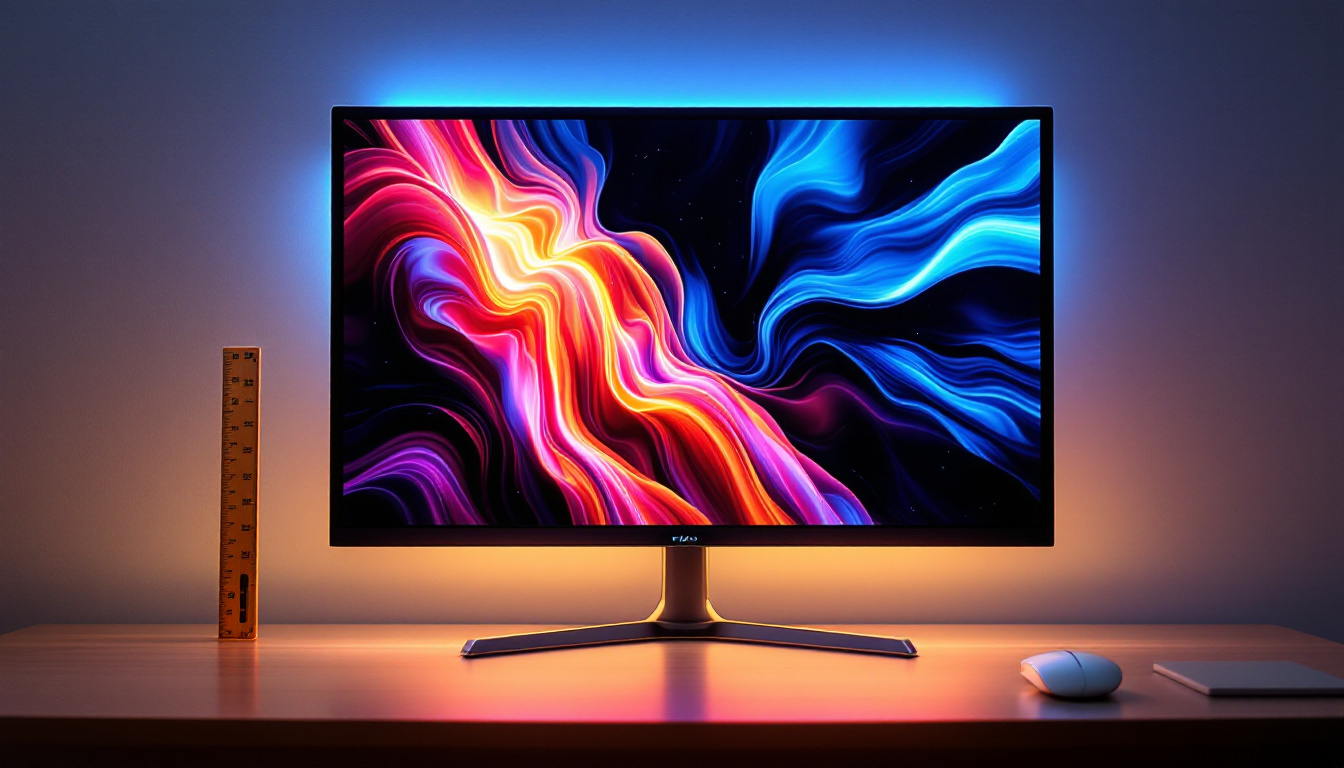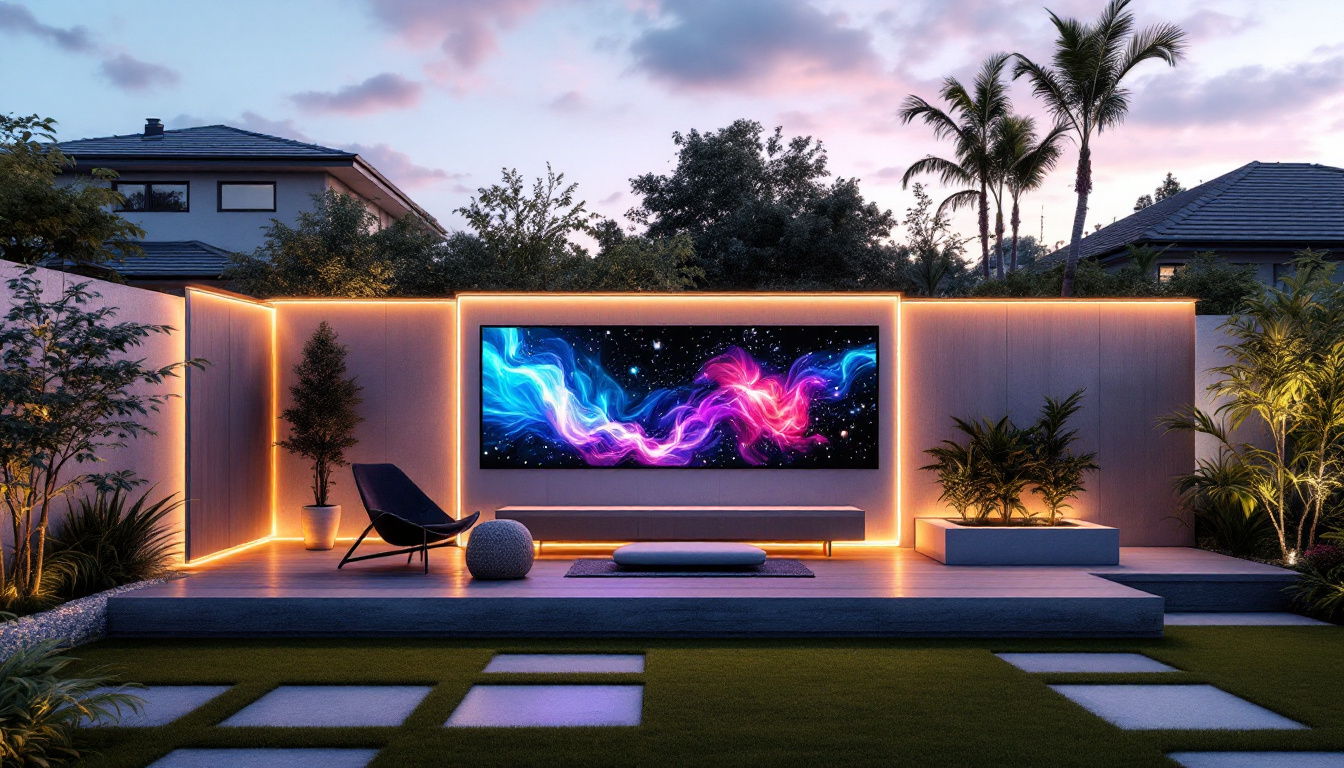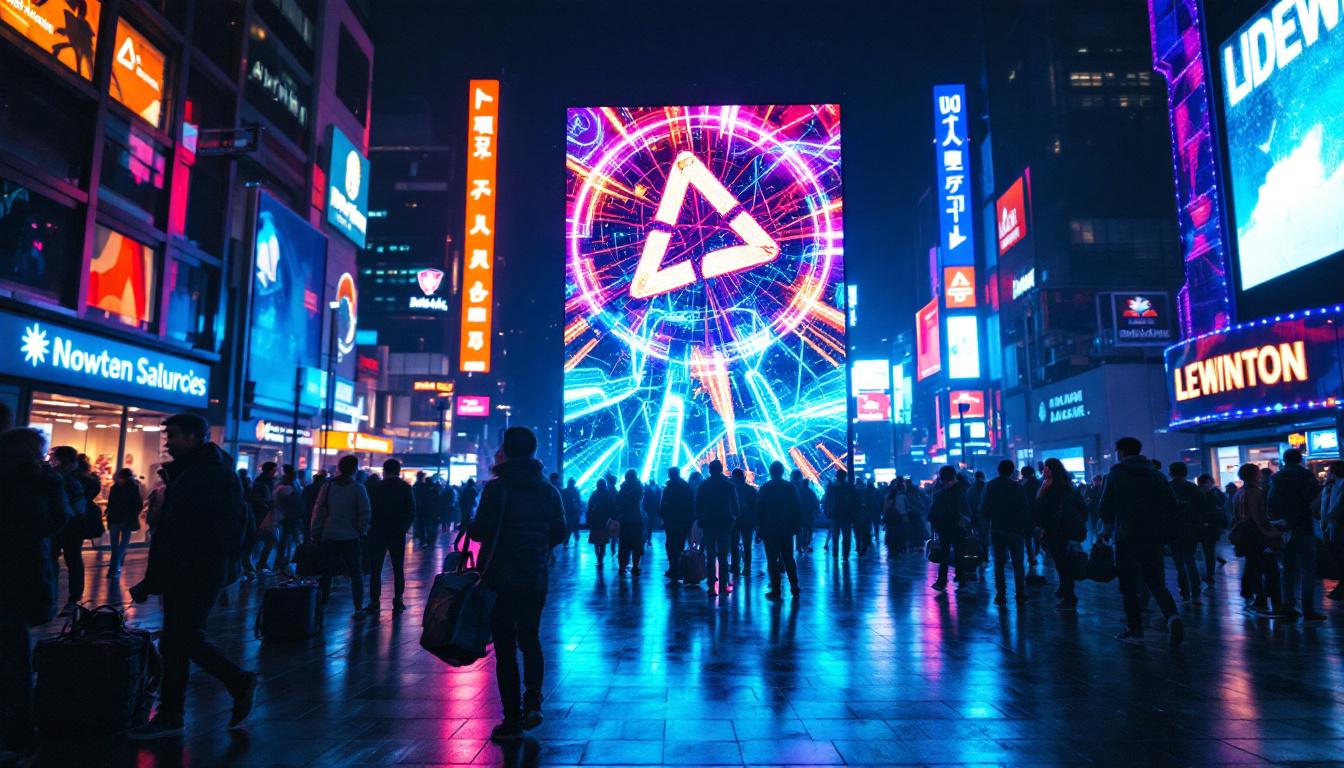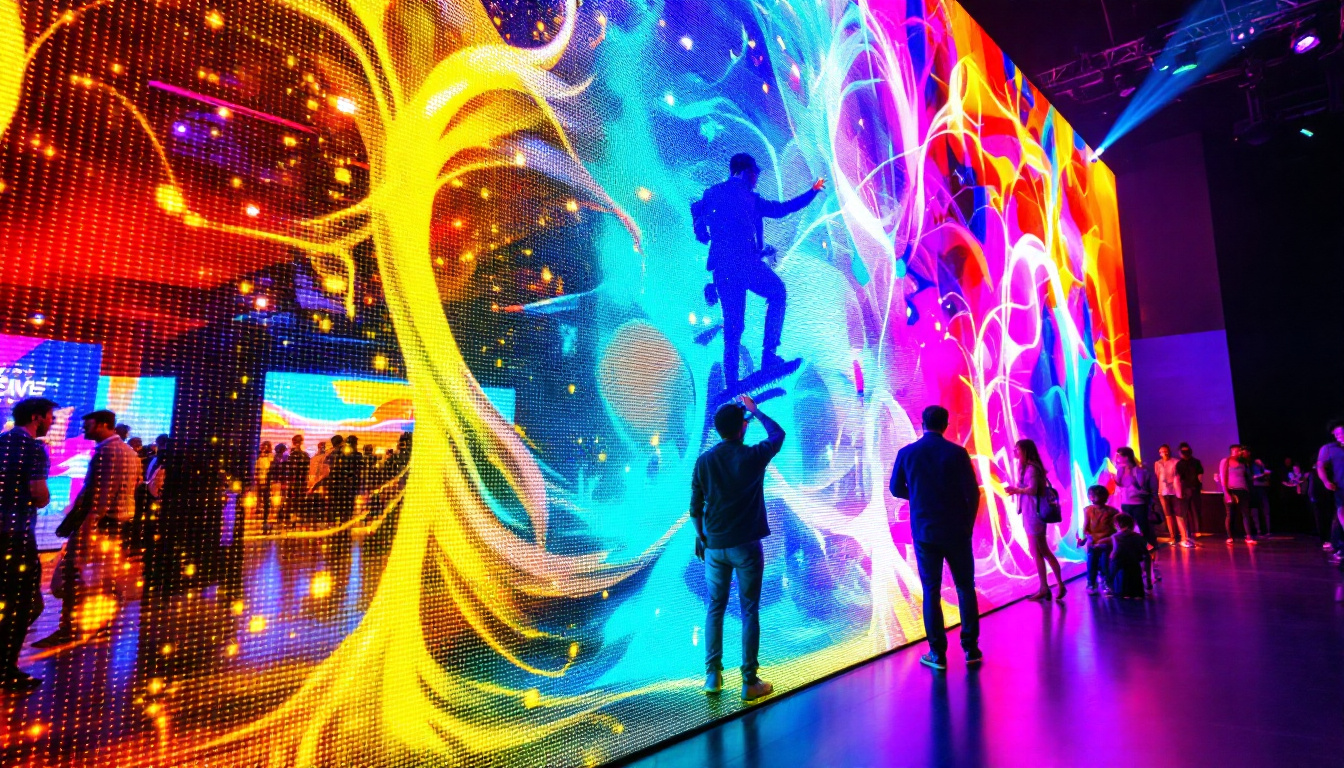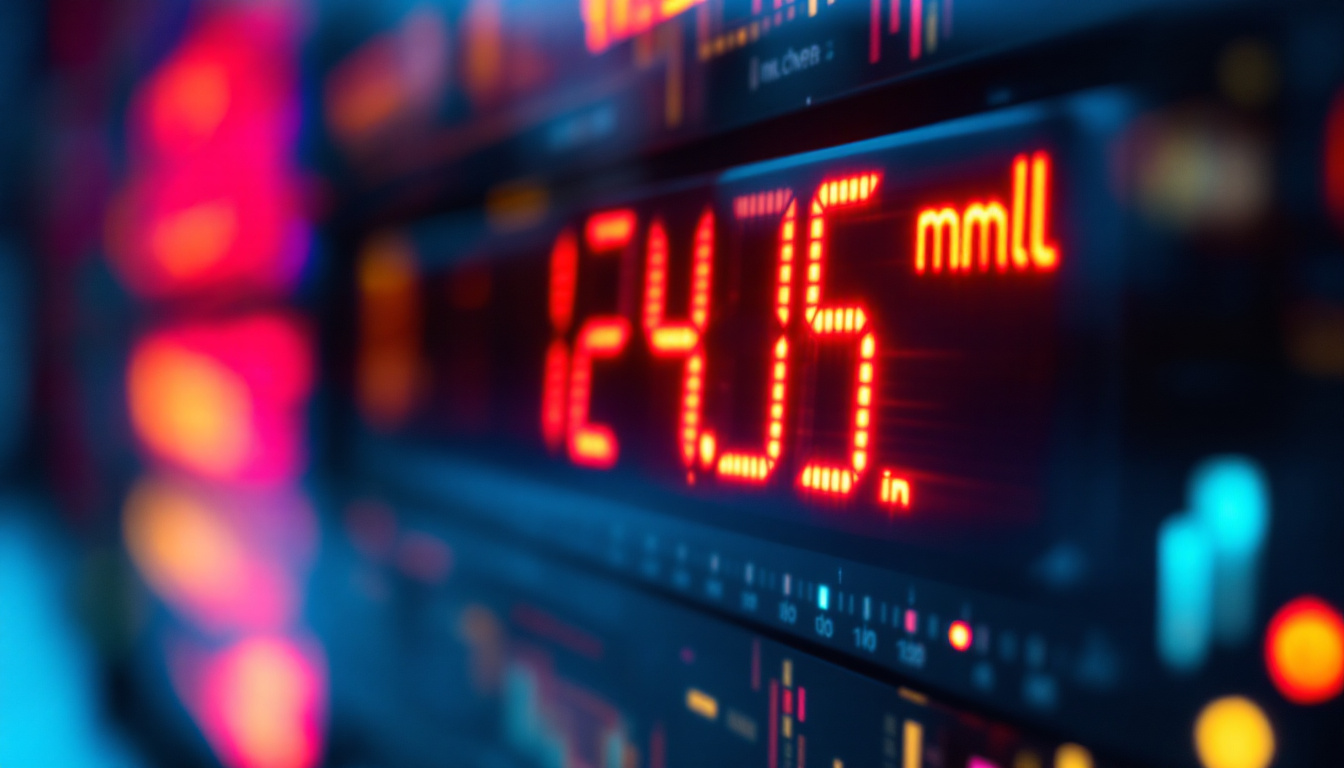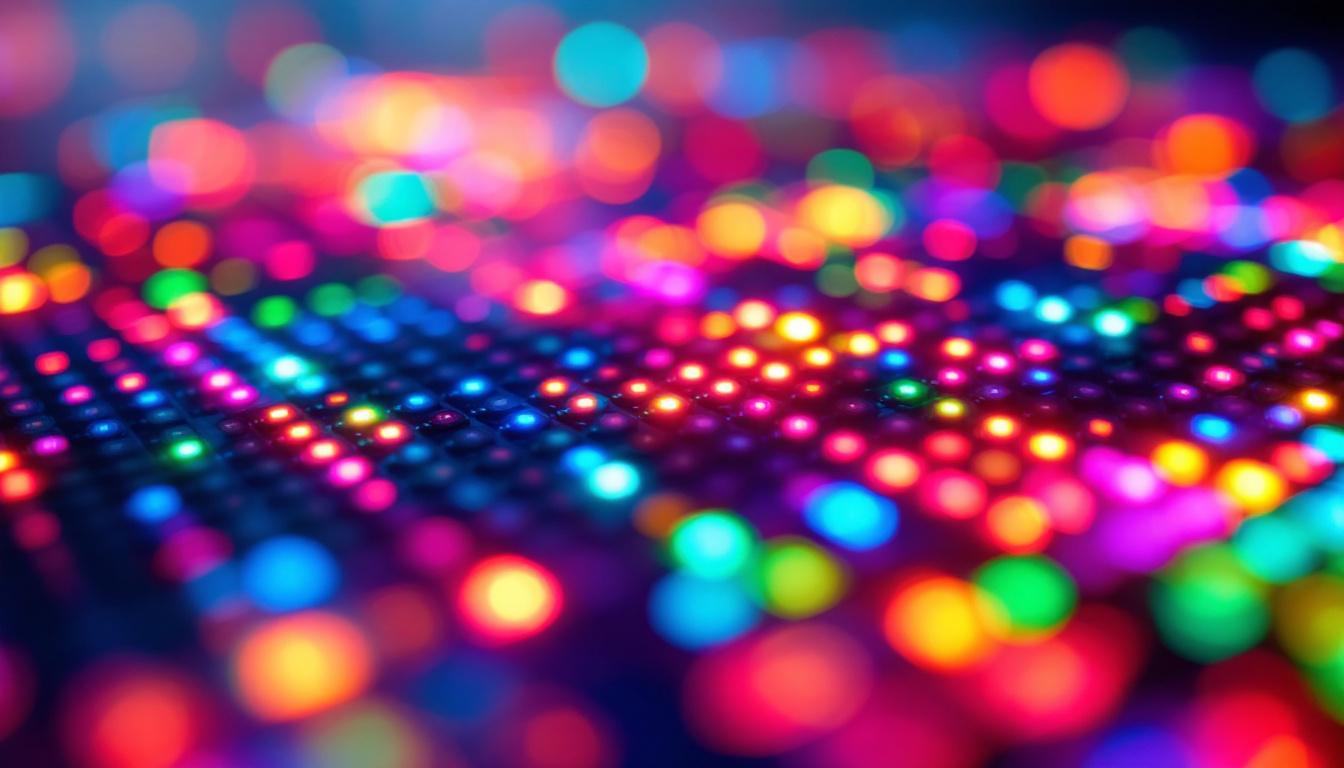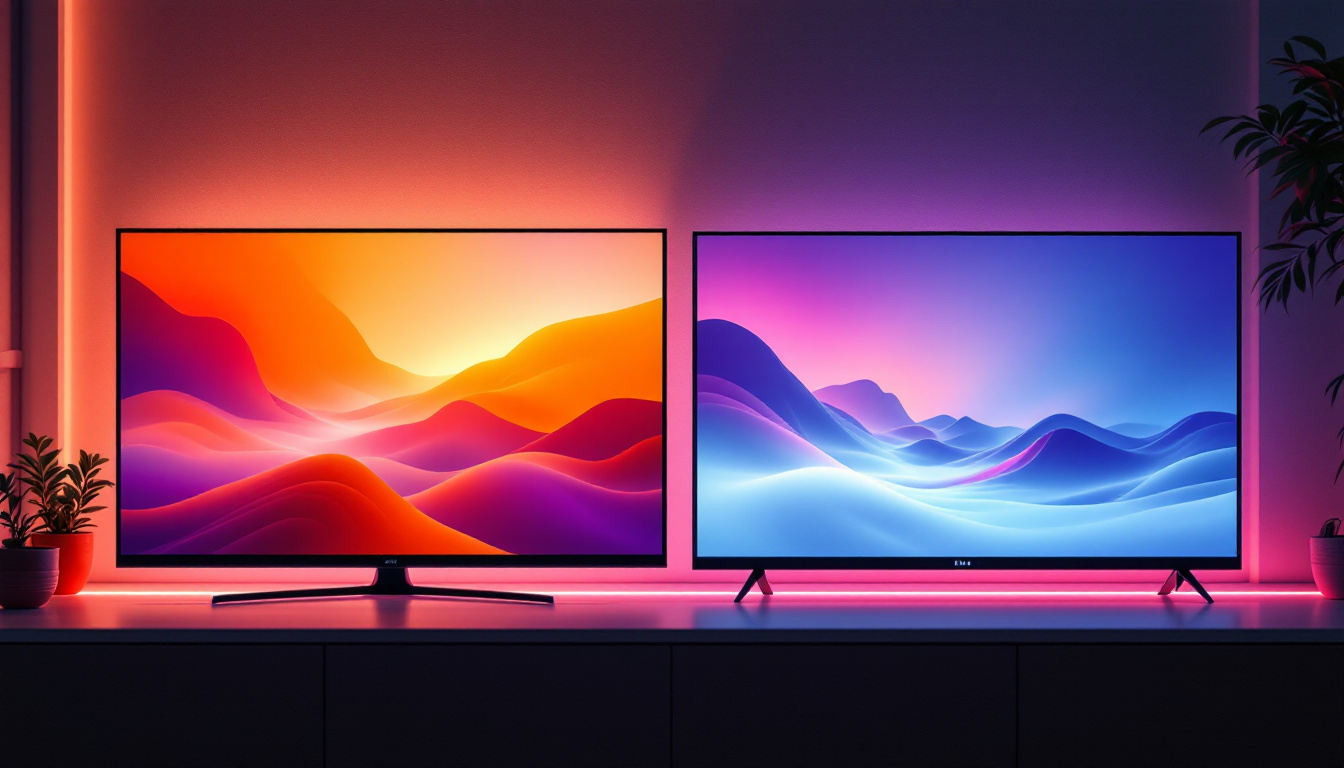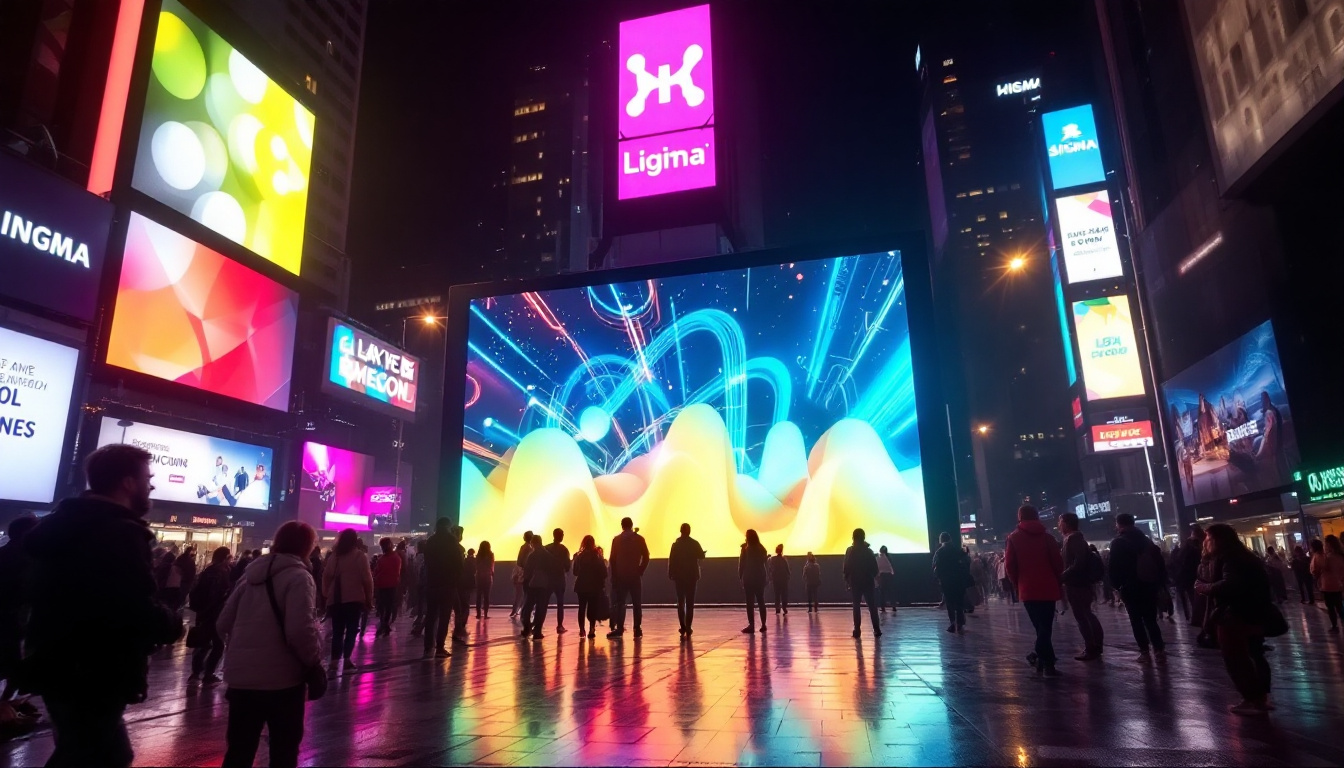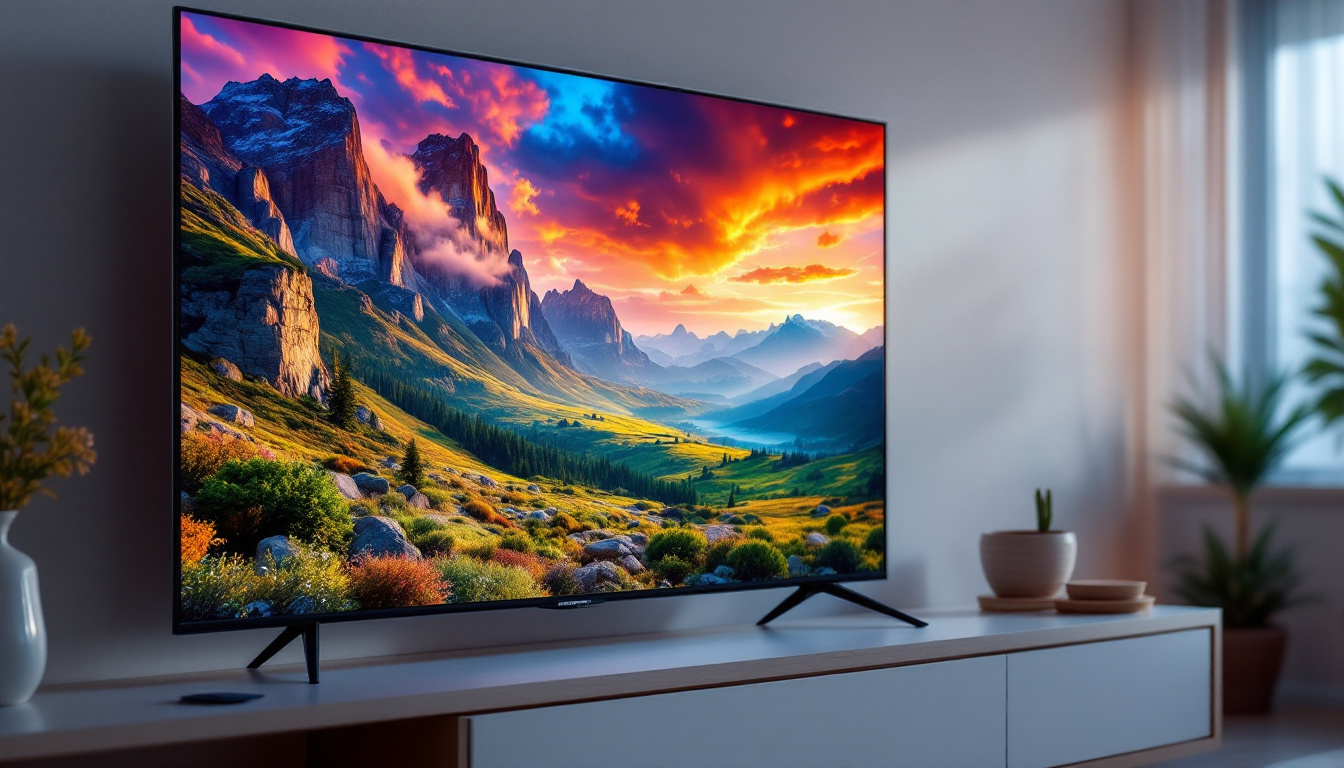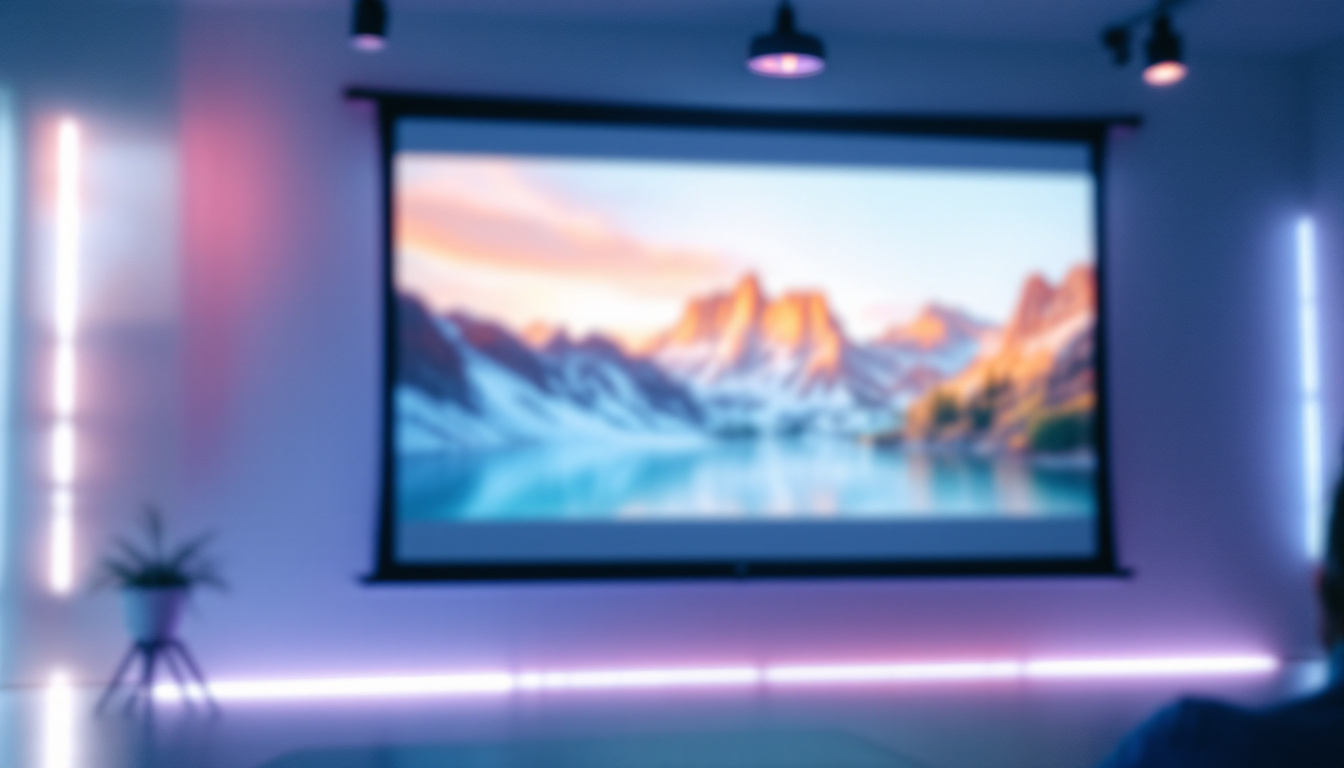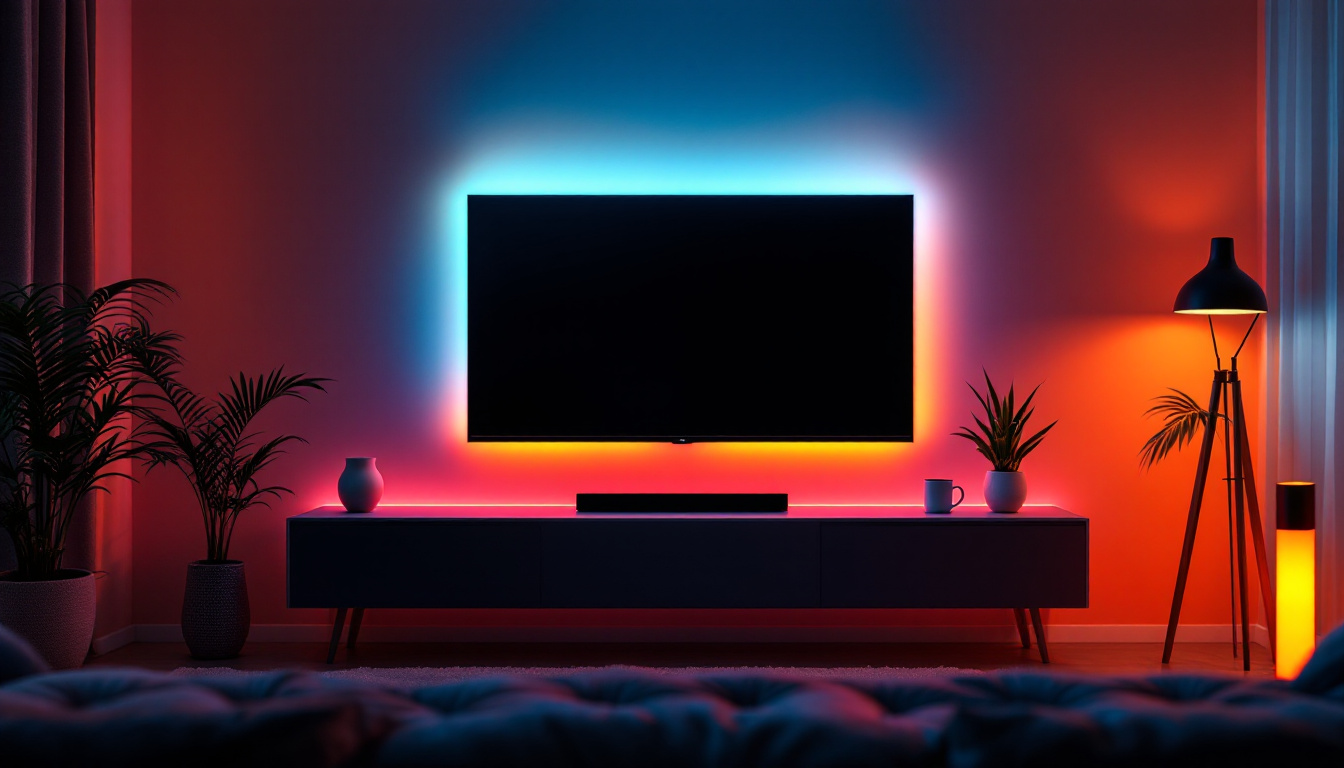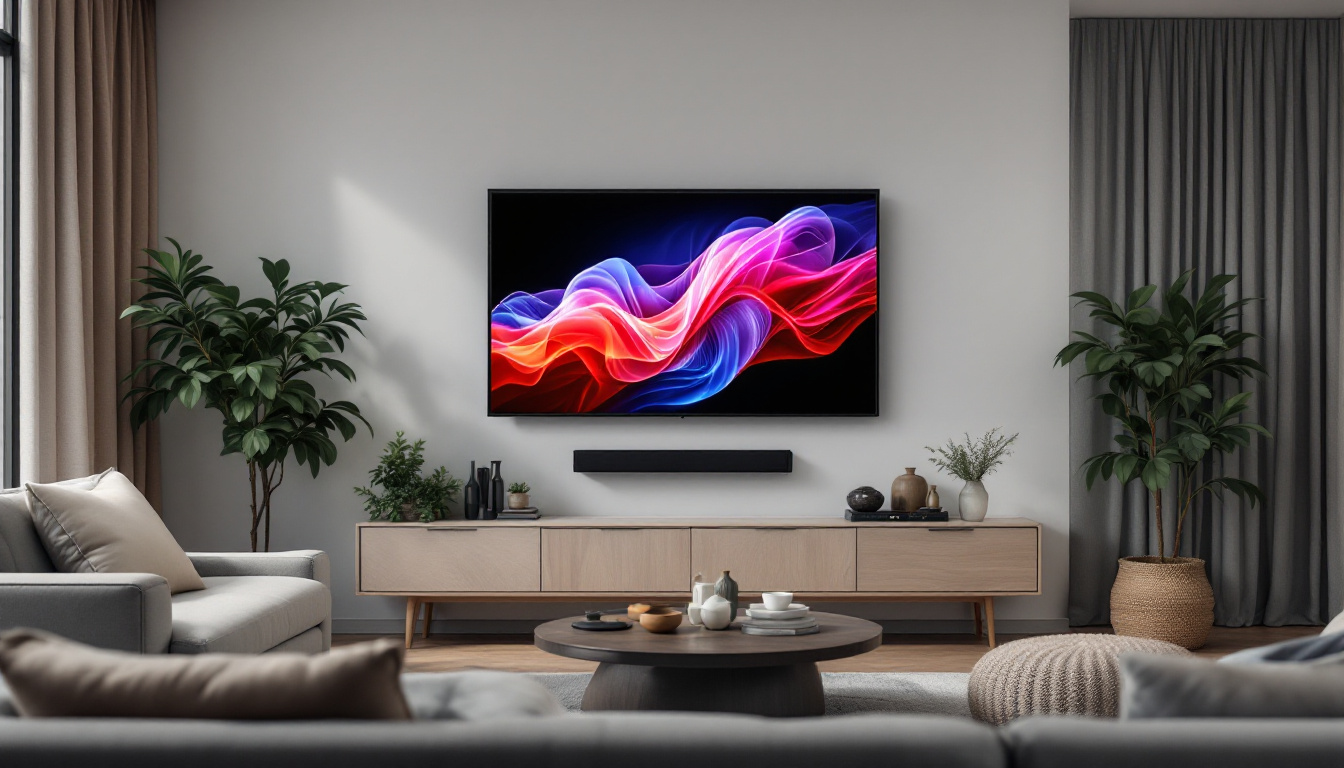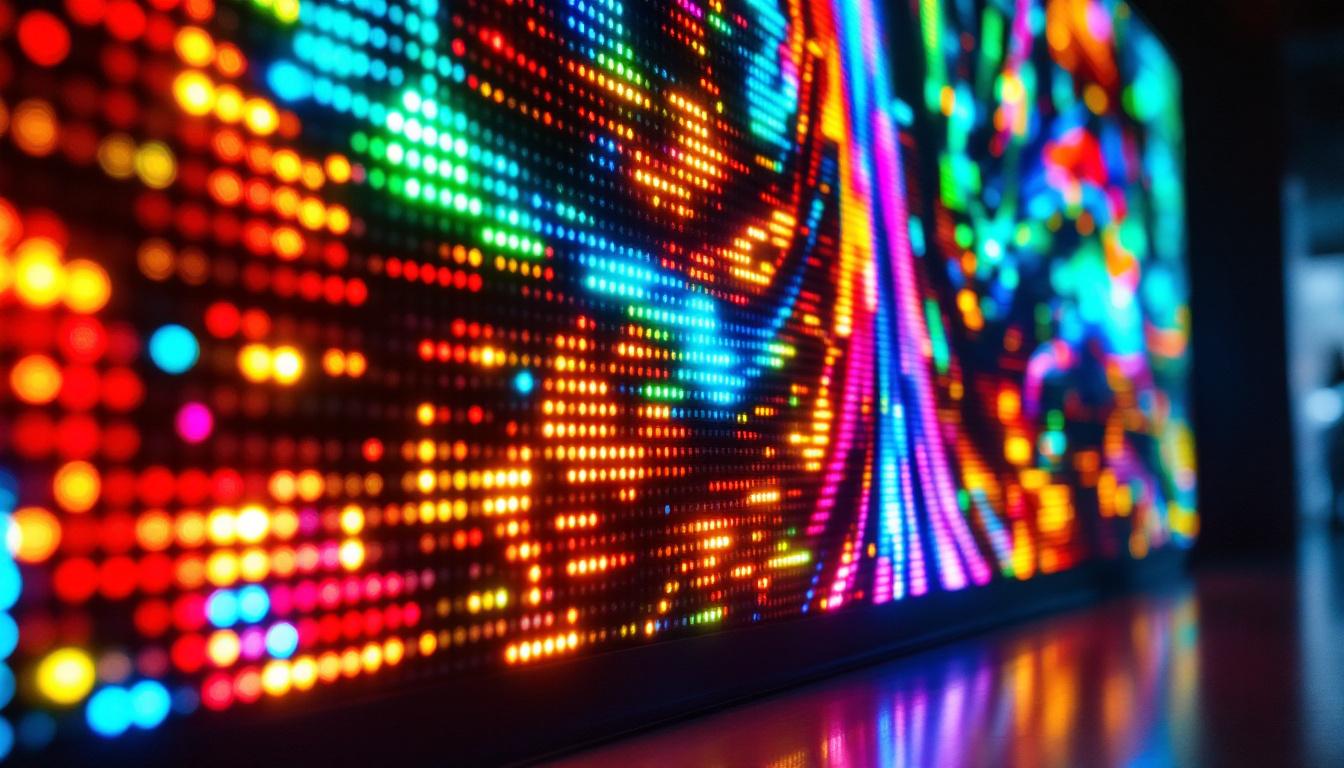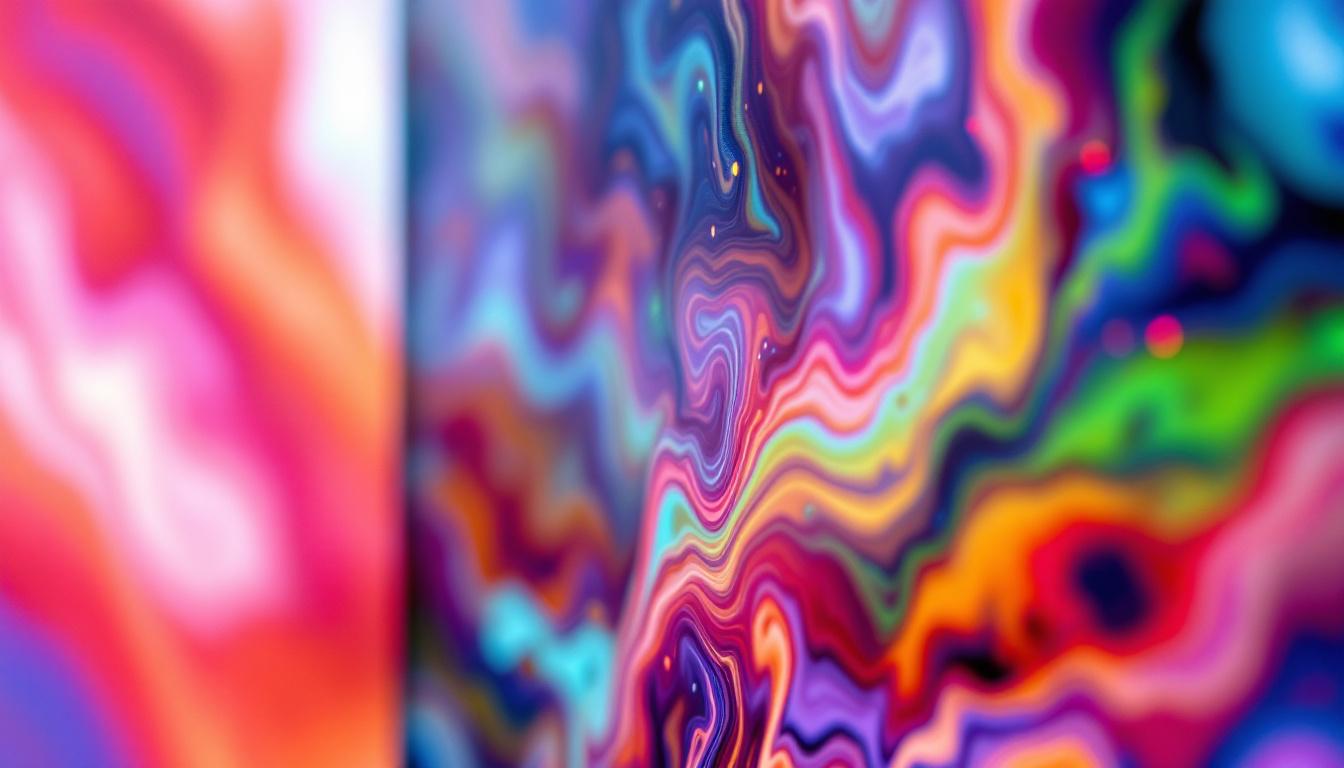In recent years, LED displays have become increasingly popular for various applications, from advertising billboards to indoor screens for events. The technology behind these displays is fascinating, and understanding how they work can provide valuable insights into their functionality and versatility. This article delves into the intricacies of LED control programs and the operation of LED displays.
Understanding LED Technology
LED, or Light Emitting Diode, technology is a semiconductor device that emits light when an electric current passes through it. This technology has revolutionized the way we create displays, offering brighter images, lower energy consumption, and longer lifespans compared to traditional display technologies. The shift towards LED technology has not only enhanced visual experiences but has also contributed to more sustainable practices in various industries, as the energy efficiency of LEDs significantly reduces carbon footprints.
The Basics of LED Functionality
At its core, an LED consists of a chip made from a combination of materials that create a p-n junction. When electricity flows through this junction, electrons and holes recombine, releasing energy in the form of light. The color of the light emitted depends on the materials used in the semiconductor. For instance, gallium nitride produces blue light, while gallium phosphide generates green. This fundamental principle of operation allows for a wide spectrum of colors and applications, from simple indicators to complex displays.
LEDs can be combined in various configurations to create displays. By arranging multiple LEDs in a grid, it is possible to form pixels, which are the building blocks of any LED display. Each pixel can be controlled individually, allowing for the creation of dynamic images and videos. This capability is what makes LED technology particularly appealing for applications such as digital signage, where real-time updates and vibrant visuals are essential for capturing audience attention.
Types of LED Displays
There are several types of LED displays, each suited for different applications. The most common types include:
- Single Color Displays: These displays emit one color of light, typically red, and are often used for simple text and graphics.
- RGB Displays: Comprising red, green, and blue LEDs, these displays can create a wide range of colors by adjusting the intensity of each color component.
- Full-Color Displays: These advanced displays use RGB LEDs to produce vibrant images and videos, making them ideal for advertising and entertainment.
In addition to these common types, there are also specialized LED displays designed for specific environments and uses. For example, outdoor LED displays are built to withstand harsh weather conditions, featuring enhanced brightness to remain visible in direct sunlight. Conversely, indoor LED displays often focus on higher resolution and color accuracy, catering to environments where visual detail is paramount, such as in theaters or galleries. Furthermore, advancements in technology have led to the development of flexible LED displays, which can be bent or shaped to fit unique designs, opening up new possibilities in architectural and artistic applications.
The Role of LED Control Programs
LED control programs are essential for managing the operation of LED displays. These programs allow users to control what is displayed on the screen, manage brightness levels, and synchronize content across multiple displays. The effectiveness of an LED display largely depends on the capabilities of its control program.
Key Functions of LED Control Programs
LED control programs serve several critical functions, including:
- Content Management: Users can upload and schedule content to be displayed, ensuring that the right message is shown at the right time.
- Brightness Control: Many LED displays are equipped with sensors that allow the control program to adjust brightness based on ambient light conditions, enhancing visibility and reducing energy consumption.
- Synchronization: For installations with multiple displays, control programs can synchronize content across all screens, creating a cohesive viewing experience.
Popular LED Control Software
There are various software solutions available for controlling LED displays, each offering unique features and capabilities. Some of the most popular options include:
- Novastar: Known for its user-friendly interface, Novastar provides comprehensive tools for content management, brightness control, and real-time monitoring.
- Colorlight: This software is favored for its advanced synchronization capabilities, making it ideal for large-scale installations.
- Watchout: A versatile software that allows for multi-display setups, Watchout is widely used in events and exhibitions.
How LED Control Programs Work
Understanding the inner workings of LED control programs can help users maximize the potential of their displays. These programs typically operate on a client-server model, where the client interface allows users to create and manage content, while the server handles the actual display output.
Client Interface
The client interface is where users interact with the control program. It usually features a dashboard that provides access to various tools and functionalities. Users can upload images, videos, and animations, as well as schedule when and how this content will be displayed. The interface is designed to be intuitive, allowing users of all skill levels to manage their displays effectively.
Server Communication
Once content is created and scheduled, the client communicates with the server to send this information. The server then processes the data and sends the appropriate signals to the LED display. This communication is often done over a network, allowing for remote management of displays. In many cases, the server can also collect data on display performance, providing insights into usage patterns and potential issues.
Applications of LED Displays
LED displays have found applications in a wide range of industries, thanks to their versatility and efficiency. From advertising to entertainment, the possibilities are nearly endless.
Advertising and Marketing
One of the most prominent uses of LED displays is in advertising. Businesses utilize large outdoor LED screens to capture the attention of potential customers. These displays can showcase dynamic advertisements, promotions, and even live feeds, making them an effective marketing tool. The ability to change content quickly allows advertisers to tailor their messages to different audiences and times of day.
Events and Entertainment
LED displays are also widely used in the entertainment industry, particularly at concerts, festivals, and sporting events. They provide vibrant visuals that enhance the audience experience. Control programs can synchronize the display with music or other performances, creating an immersive atmosphere. Additionally, LED screens are often used for live streaming events, allowing remote audiences to participate.
Public Information Systems
Many cities have adopted LED displays for public information systems. These screens can provide real-time updates on traffic conditions, weather alerts, and emergency announcements. The ability to display information quickly and clearly makes LED displays an invaluable resource for public safety and communication.
Challenges and Considerations
While LED displays offer numerous advantages, they are not without challenges. Understanding these challenges can help users make informed decisions when selecting and implementing LED technology.
Cost Considerations
One of the primary challenges associated with LED displays is the initial cost. High-quality LED panels can be expensive, and the overall investment includes not only the displays themselves but also the control systems and installation costs. However, the long-term benefits, such as lower energy consumption and reduced maintenance costs, often justify the initial expenditure.
Technical Expertise
Operating LED control programs requires a certain level of technical expertise. Users must be familiar with the software and hardware components to ensure everything functions smoothly. Training may be necessary for staff responsible for managing the displays, which can add to the overall cost of implementation.
Environmental Considerations
As with any technology, environmental considerations are critical. LED displays are generally more energy-efficient than traditional displays, but they still require electricity. Additionally, the disposal of old LED panels must be handled responsibly to minimize environmental impact. Many manufacturers are now focusing on sustainability, creating products that are easier to recycle and have a lower carbon footprint.
The Future of LED Displays
The future of LED displays looks promising, with ongoing advancements in technology and applications. As the demand for high-quality visuals continues to grow, manufacturers are innovating to meet these needs.
Emerging Technologies
One of the most exciting developments in LED technology is the advent of microLEDs. These tiny LEDs can be used to create displays with even higher resolutions and greater flexibility. MicroLED technology allows for the production of screens that are thinner and lighter, making them ideal for a wide range of applications, from smartphones to large-scale displays.
Integration with Smart Technologies
As smart technology becomes more prevalent, LED displays are increasingly being integrated with IoT (Internet of Things) systems. This integration allows for enhanced interactivity and real-time data display, enabling users to create more engaging content. For instance, LED displays can be programmed to show personalized messages based on user behavior or environmental conditions.
Enhanced Interactivity
Future LED displays are likely to feature enhanced interactivity, allowing users to engage with content in new ways. Touch-sensitive screens, augmented reality (AR) capabilities, and real-time data integration are just a few examples of how interactivity can transform the user experience. These advancements will open up new possibilities for advertising, education, and entertainment.
Conclusion
LED displays are a powerful tool that has transformed the way information is presented and consumed. With the help of sophisticated LED control programs, users can create dynamic and engaging content that captures the attention of audiences across various sectors. While challenges exist, the benefits of LED technology are undeniable, making it a valuable asset in today’s digital landscape.
As technology continues to evolve, the future of LED displays holds exciting possibilities. From enhanced interactivity to sustainable practices, the potential for innovation is vast. Embracing these advancements will ensure that LED displays remain at the forefront of visual communication for years to come.
Discover LumenMatrix’s Innovative LED Solutions
Ready to elevate your visual communication with cutting-edge LED technology? LumenMatrix offers a diverse range of LED display solutions tailored to meet your specific needs. From captivating Indoor and Outdoor LED Wall Displays to dynamic Vehicle and Sports LED Displays, our products are designed to enhance brand visibility and create immersive experiences. Explore our innovative LED Poster Displays, Floor LEDs, Custom configurations, All-in-One solutions, and Transparent Displays. Join the revolution in digital signage with LumenMatrix and make a lasting impression. Check out LumenMatrix LED Display Solutions today and see how we can help you share your message with the world.

